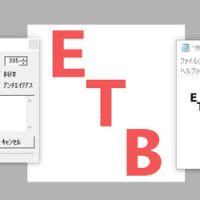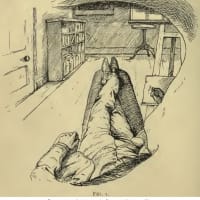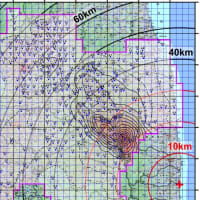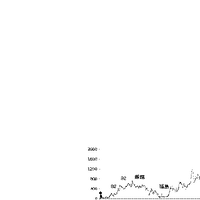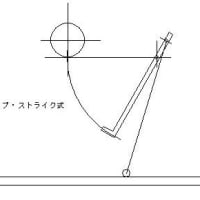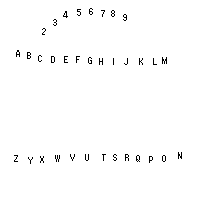http://v3.espacenet.com/textdoc?DB=EPODOC&IDX=GB155446&F=0&QPN=GB155446
Improvements in connexion with keyboards for typewriters
nelson 1920

I fount "typist" in nelson's patent 1919.
http://www.google.com/patents?q=typist&btnG=Search+Patents
http://www.google.com/patents?id=JYFeAAAAEBAJ&dq=typist
http://www.google.com/patents?id=JYFeAAAAEBAJ
TYPIST S HAND BEST Hintz et al. 1929
Improvements in connexion with keyboards for typewriters
nelson 1920

I fount "typist" in nelson's patent 1919.
The thumb and little finger are of no practical use on the keyboard. In brief, the first and second fingiers are those most instinctively used by typists because their touch is quite firm and certain. Now it 4f5 is to be observed that whlen= the hands are brought together to begin typing, these really efficient four fingers are all found directly at the centre of the keyboard, and the weaker filigers towards its outskirts.
One letter must follow the other by a 65 separate consent however swiftly such steps may seem to be taken. Even for a blind typist, the interior travel of the nIind froimi oIne part of the keyboard to another is just as active as for a seeing 70 typist; and it is precisely this incessant mental action that demands as much relief -as it is possible to secure.
http://www.google.com/patents?q=typist&btnG=Search+Patents
http://www.google.com/patents?id=JYFeAAAAEBAJ&dq=typist
http://www.google.com/patents?id=JYFeAAAAEBAJ
TYPIST S HAND BEST Hintz et al. 1929










